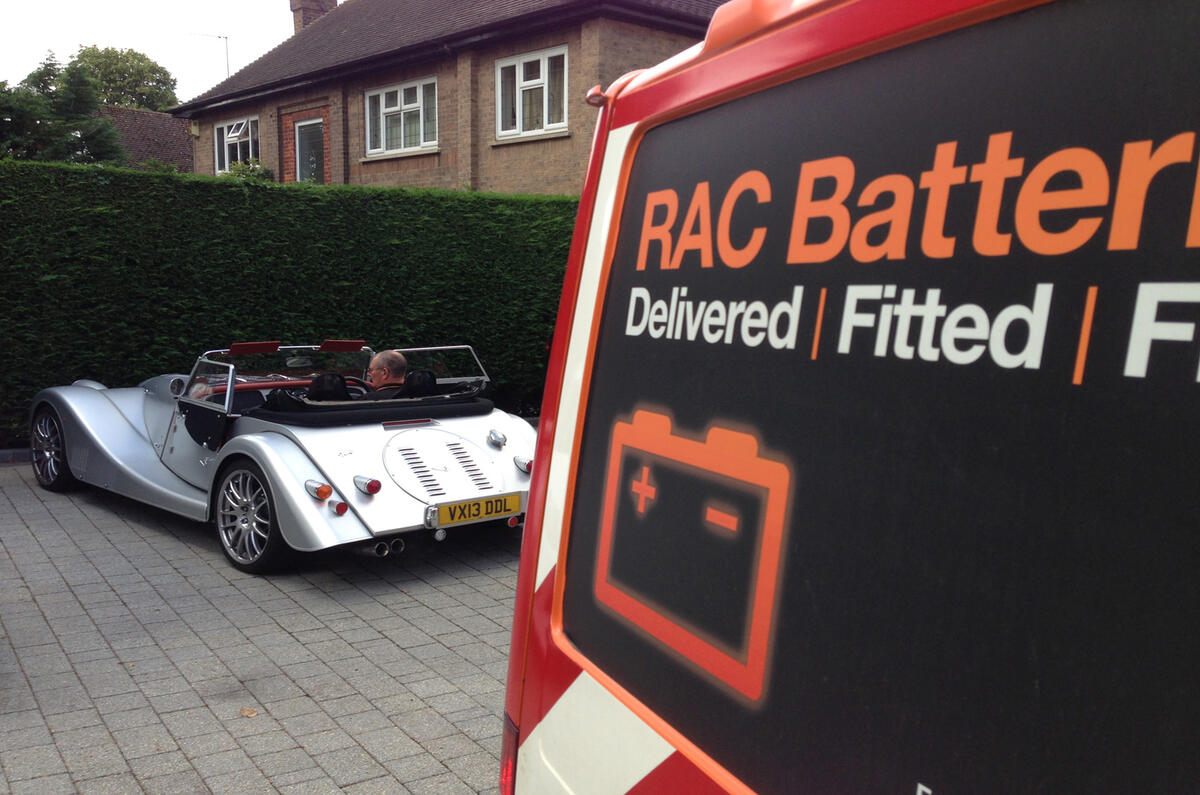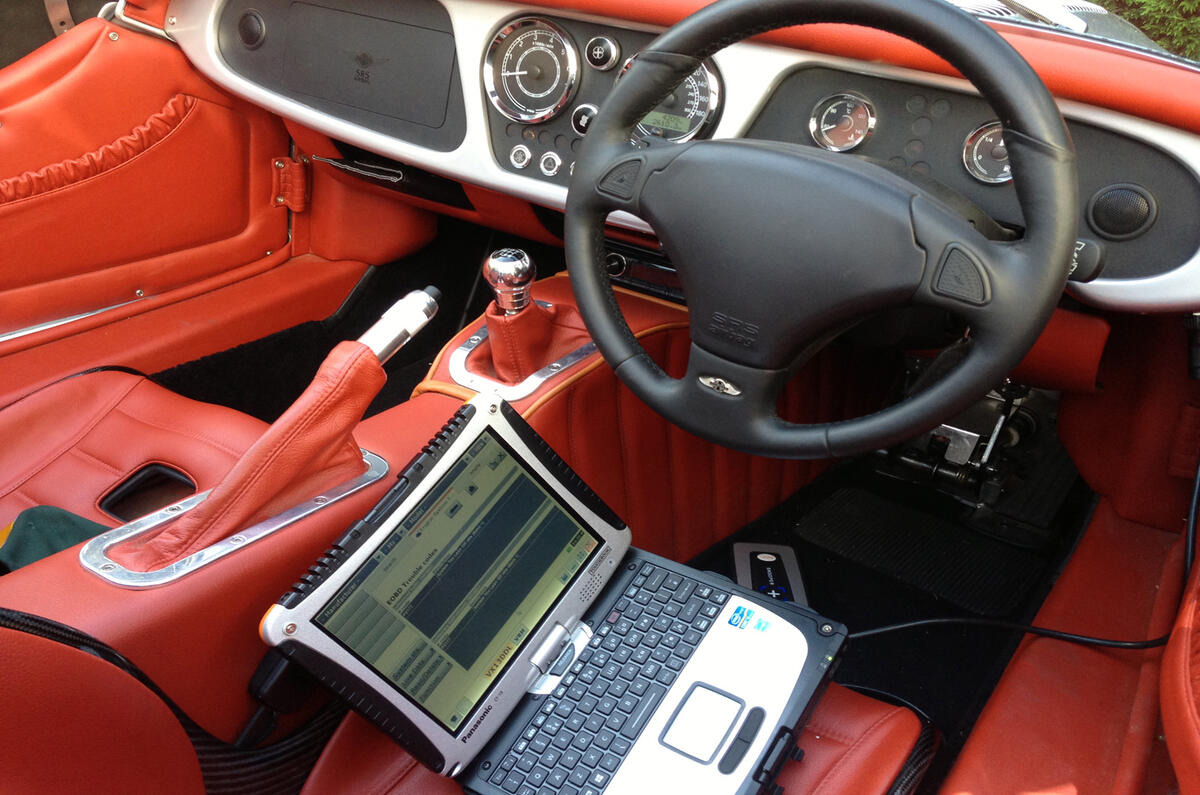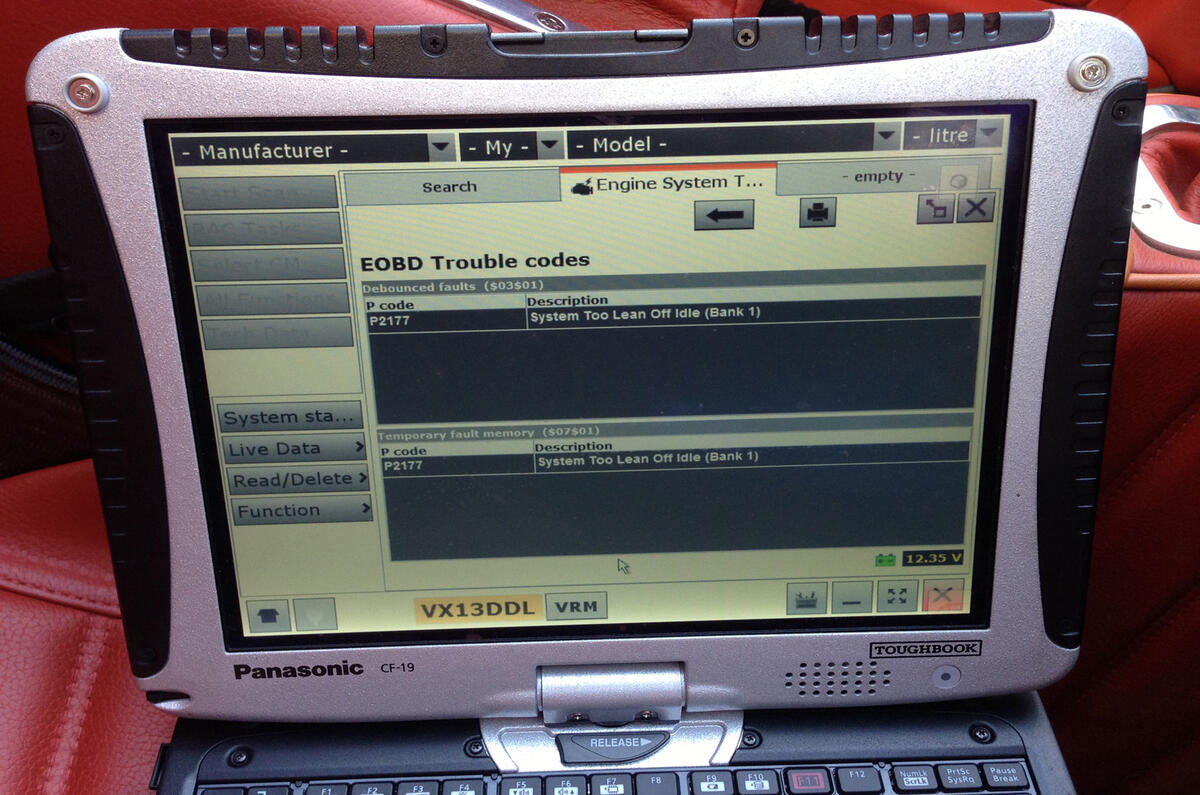Here’s a pub-quiz fact for you: around 80 per cent of all the jobs undertaken by the average RAC technician require nothing more than a laptop.
How do I know this? Because at the weekend our long-term Morgan Plus 8 developed a fault, causing its engine warning light to turn on.
The RAC was dutifully called and I was surprised to see their man, Phil, grab his laptop first. He was plugged into the Morgan’s On-Board Diagnostics socket within seconds – and the laptop’s diagnostics program then set about identifying the car.
As it turns out, it couldn’t. While the program lists plenty of other niche car manufacturers there was no mention of any Morgan of any kind.
Still, Phil was still able to access the car’s memory function to see what fault code had prompted the warning light. Turns out the V8 engine has been running a bit lean.
A few minutes of button-pressing and the fault code, and the warning light, were both gone.
Talking to Phil it seems that most of his job these days involves plugging in the laptop and deleting old fault codes. His van is stocked to the rafters with oil, spanners and tools of all kinds, but his laptop is the tool that sees most of the action.
That’s interesting from two angles. First, it shows just how advanced modern cars have become that the first stage of fault diagnosis is effectively done in-vehicle. And second, it shows just how difficult it is to have a proper breakdown.
I’ll give you another example. A few years ago I broke down in my Ford Focus with the words “engine systems fault” displayed on the dashboard. In my mind, this was pretty catastrophic but in reality the car went into its limp-home mode and I was able to crawl into a side street. Again, all it took was a quick call to a man with a laptop to come and clear the code, and I was on my way.
I wonder what your breakdown experiences have been, and whether they too have been fixed by a man with a laptop? Let me know below.









Join the debate
Add your comment
car recovery london
This is Great Article............
Awesome Information through this
Thanks for sharing this with us.
www.ajkrecovery.co.uk
Had this problem
had three breakdowns over 2 months in my then 528i - every time it was the fault codes issue - after the first switch into limp mode and 2 hours wait for a tow truck and costs - the local garage simply plugged in and deleted the fault code. by the third one they discovered the problem was lack of memory space in the fault code part of the unit - causing another fault code and switching into limp mode !! eventually deleted all the fault codes and it was fixed... in fact there was never anything wrong with it - apart from a lack of memory.... so perhaps a design flaw in the system- given the low price of memory sticks would have thought simple fix would be to put 1TB storage space in for 50 quid and hey presto !
first tme it can up I was quaking though....
There is quite a lot of
There is quite a lot of sophiscated after market systems that can do more than just code read like Rosstech VAGcom, and is a useful tool to anyone who fancies a bit of DIY time with their car. I still detest garages suggesting changing parts on fault code by fault code basis. It can become expensive especially when it can sometimes turn out to be simply poor continuity in the wiring.
Eventually I can see code readers become standard kit in cars just so we can all get to safe place without having to endure limp mode.